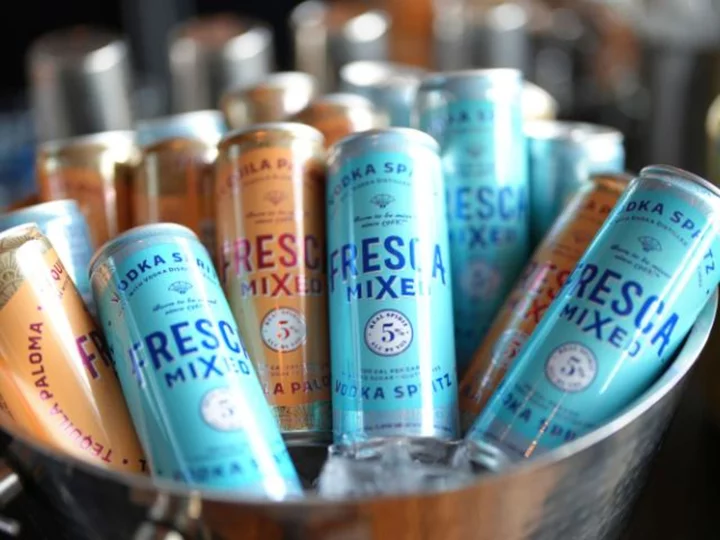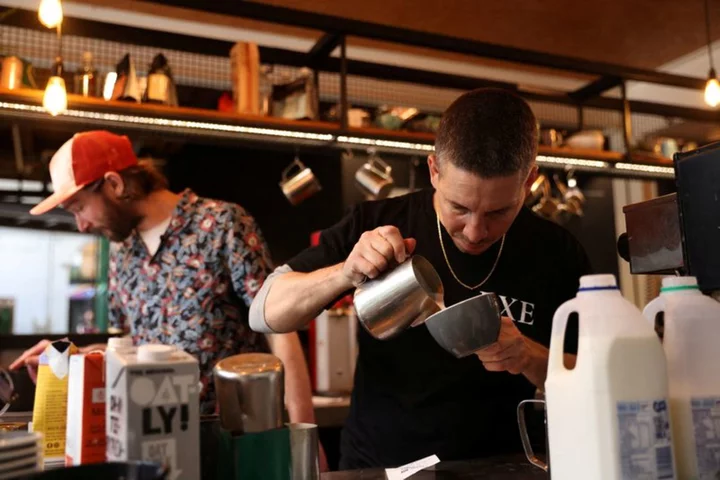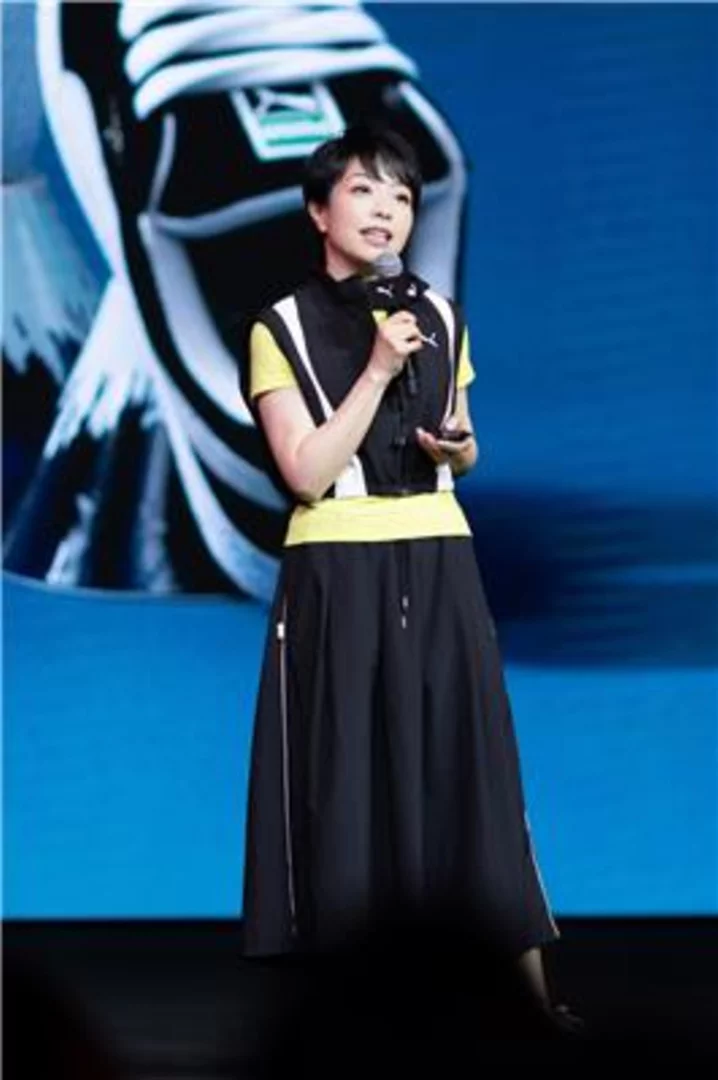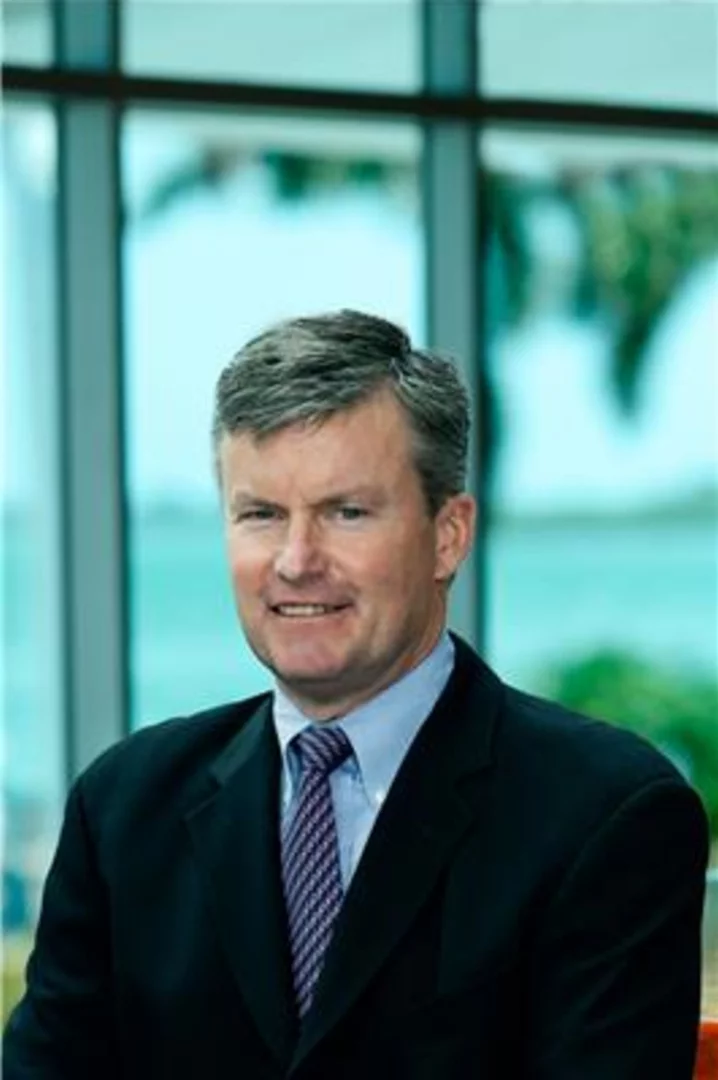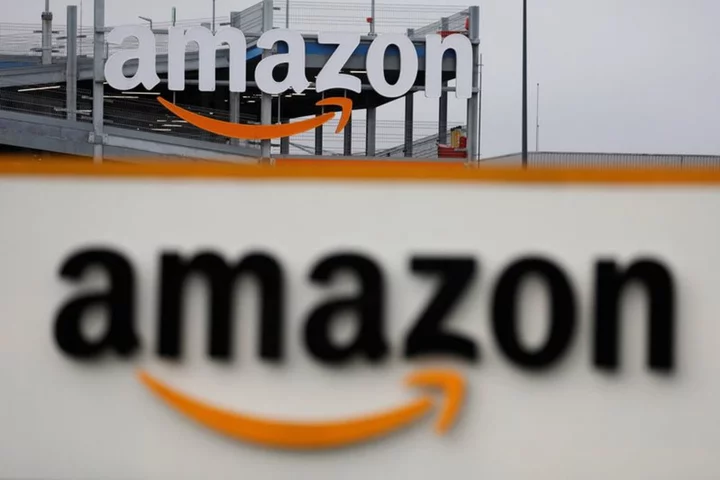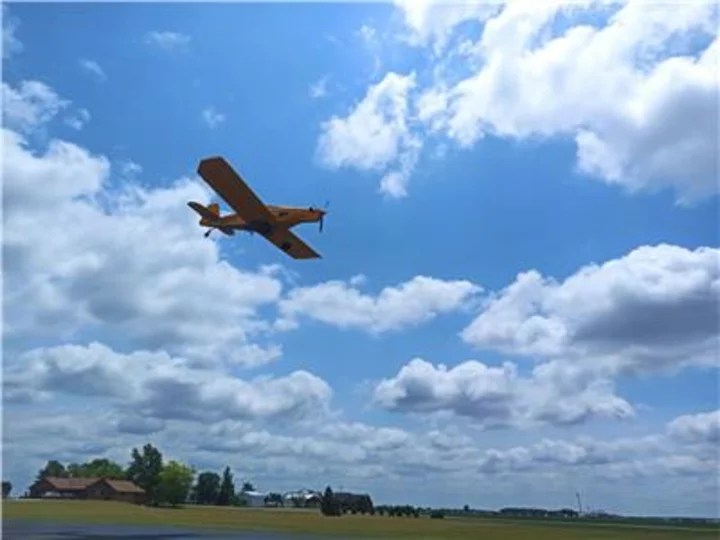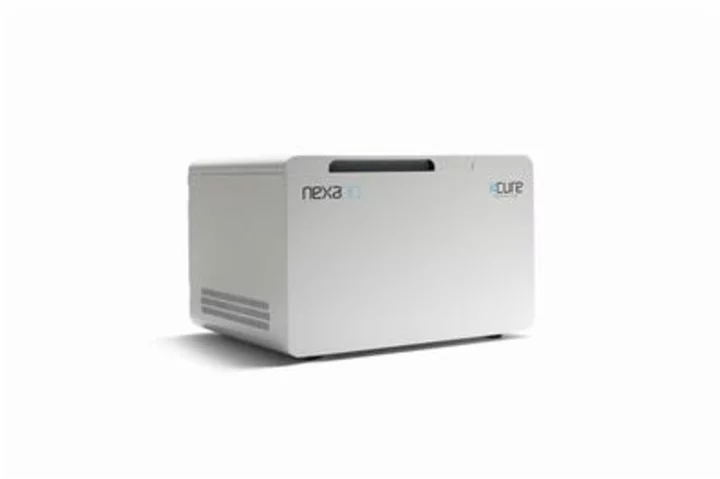Recently I was carded for trying to buy a lemonade. I thought the cashier was joking. Then she pointed to the label reading "spiked." I laughed and opted for a regular lemonade instead, since it was 2 p.m. on a Wednesday.
It's an easy mistake to make these days when just about every non-alcoholic drink has an alcohol-infused, or spiked, twin. Coconut water, cold brew, Mountain Dew, Fresca, AriZona Iced Tea and even SunnyD are just a sample of the spiked beverages being sold across the country.
To me, it seems like the market peaked. How many more drinks are left that haven't already hopped on the spiked booze train? Apparently, a lot.
"We're not near a peak on this. We're really at the very beginning," said Duane Stanford, editor of Beverage Digest, an industry trade publication.
What started the spiked beverage trend?
Spiked beverages have been around for a while. But until recently if you wanted, for instance, a vodka and cranberry you'd have to purchase a bottle of vodka and some cranberry juice separately to mix it yourself.
Brands recognized that this was happening with their non-alcoholic beverages all the time, said Stanford.
"Consumers are already using the non-alcoholic Simply brand as part of their mixology regimen," Jamie Wideman, vice president of innovation at Molson Coors, told CNN ahead of the company's Simply Spiked Lemonade launch last year. "So, bringing that into the ready-to-drink space was a no-brainer," she added.
But it took some time for brands like Simply, which is owned by Coca-Cola, to reach that realization.
For decades, it was "generally frowned upon" for non-alcoholic beverage brands to enter the alcoholic beverage market, Stanford said.
There was also a "perception that a non-alcoholic brand becoming associated with alcohol would damage or harm the brand in some way," said Caleb Bryant, associate director of food and drink reports at Mintel, a market research firm. And on top of that, they'd have to comply with a complicated legal landscape in the United States where laws for selling alcoholic beverages vary by state.
It didn't seem worth the time and money when people would just turn to beer.
Enter: spiked seltzer
But around 2016, beer sales started flagging, while seltzer and liquor sales were growing. Brands like White Claw and Truly Hard Seltzer took advantage of the trend by pre-mixing and bottling low-calorie seltzer with liquor, creating a sweet spot in the market with drinks that have comparable alcohol percentages by volume to beer. They succeeded beyond expectations. In fact, their products were in such high demand at one point that there were shortages.
Coca-Cola took advantage of the trend and created its own hard seltzer version of Topo Chico in partnership with Coors, which hit shelves in 2021. It's been one of Coca-Cola's most successful hard beverage launches to date, Dan White, chief of new revenue streams at Coca-Cola, told CNN.
When more beer brands started to see that hard seltzers were taking a bite out of their market shares, they began producing their own alcoholic seltzers.
When that market became saturated and sales began declining, alcohol brands once again needed a new source of growth.
Spiked seltzer's success "opened a door and had a renaissance for ready-to-drink alcoholic beverages," said Bryant.
It also "widened the potential consumer base outside of beer," said Adam Rogers, research director at IWSR Drinks Market Analysis, adding that brands sought to cater to a new market of drinkers who craved alcoholic drinks that masked the taste of alcohol.
That inspired Coca-Cola to make spiked Simply juices as well as a canned Jack and Coke in partnership with Jack Daniel's Tennessee Whiskey and Brown-Forman.
"We're very thoughtful in selecting and approving the use of our trademarks on beverage alcohol products, and the success of these products is a testament to that process," said White. "We're continuously evaluating our consumers' preferences and it's our goal to deliver more options for more people during more occasions throughout the day," he added.
Newcomers like Cutwater, a canned cocktail brand, and traditional liquor brands like Absolut also started making premixed cocktails.
Ready-to-drink (RTD) beverages, an umbrella category that includes premixed cocktails, flavored malt beverages and hard seltzer, accounted for $10.9 billion in US sales over the past 12, months, a 7% increase from last year, according to data Nielsen IQ shared with CNN.
Flavored malt beverages like Simply Spiked made up the greatest share of sales within the RTD category with $4.4 billion in US sales over the past 12 months, a 21% increase from last year. These drinks tend to have lower alcohol content than premixed cocktails that are spirit-based.
Hard seltzer, meanwhile, had $3.8 billion in sales over the past 12 months, a 14% decline compared to last year. Although spirits-based drinks accounted for a small sliver of total RTD sales in the US -— $1.5 billion over the past 12 months — they are one of the greatest sources of growth with sales up 55% from a year ago, according to Nielsen.
The nostalgia generation
Every year, the alcoholic beverage industry gets a new class of (legal) drinkers to sell to. That forces the industry to come up with fresh ideas that cater to their generation.
Gen-Z has become known as the "nostalgia generation" that prefers to look back on the "simpler times" they grew up in, devoid of AI and TikTok.
That's part of the reason why disposable cameras and flip phones have made a stunning revival.
SunnyD Vodka Seltzer, which launched in March, was a direct response to an influx of posts across social media from people now of drinking age who grew up drinking SunnyD, said Ilene Bergenfeld, chief marketing officer at SunnyD's parent company Harvest Hill Beverage Company.
SunnyD declined to share sales data.
"As a brand, we recognized the love for SunnyD as a mixer and recognized that the canned cocktail industry was growing," she told CNN. "This seemed like the perfect time to give SunnyD fans what they were asking for and make consumer lives easier."

